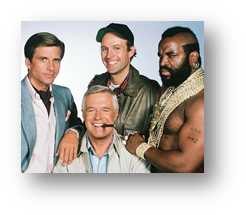By Dennis Crouch
A claimed invention is unpatentable if, at the time the invention was made, the invention as a whole would have been obvious “to a person having ordinary skill in the art to which said subject matter pertains.” 35 U.S.C. § 103(a) (emphasis added). When applying this subsection, courts have generally followed the statutory language and sought to identify knowledge of a hypothetical individual person with ordinary skill in the relevant area of technology.

By 2011, the statistics had inverted. Less than one-third (32%) of patents issued so far this year list just a single inventor and 43% identify three or more inventors. During this 60-year time period, the average number of inventors per patent has more than doubled. The ordinary inventor today is a joint inventor who invents as part of a team. There are some areas of technology that seem to have more aggressively embraced the team-inventorship – Patents in several Art Units in TC 1600 (Bio and Organic Chemistry) have less than 10% likelihood of listing only one inventor. Art unit 3677 (Jewelry) has the highest percent of solo-invented patents at 77%.
These changes in practice prompt a reflection on the threshold “person having ordinary skill in the art” and whether the obviousness test should reflect some nuances of teamwork. As compared to a solo worker, teams often have an overall broader depth of knowledge, but are often plagued by communication difficulties. In the obviousness analysis, this shift could be reflected in a broader scope of potential prior art but a more rigorous analysis of whether the ordinary team would make leaps of analysis necessary to combine disparate prior art. The team approach also has a major potential impact on other doctrines such as antedating prior art based on prior invention and diligence.